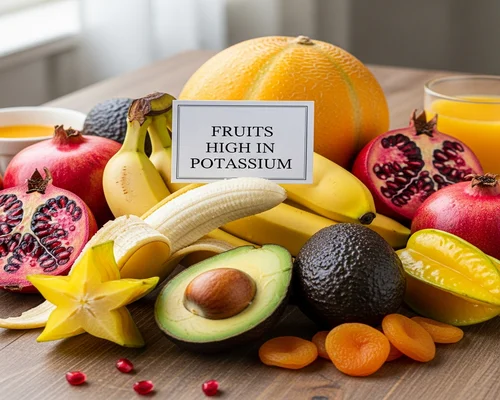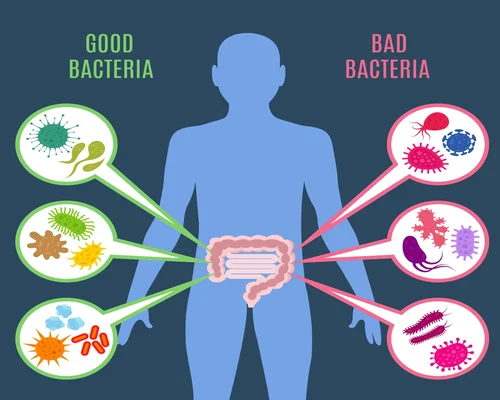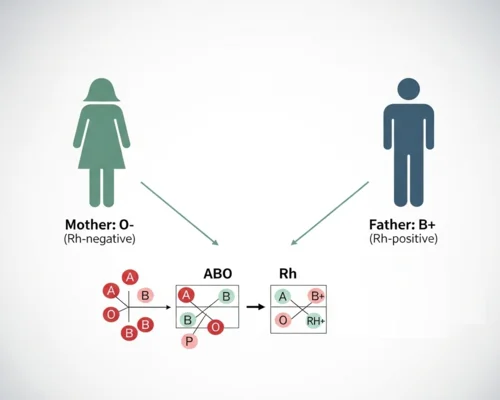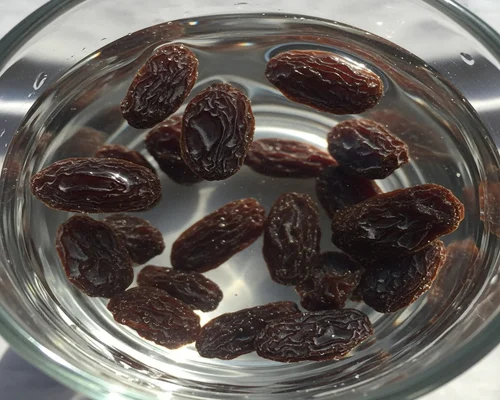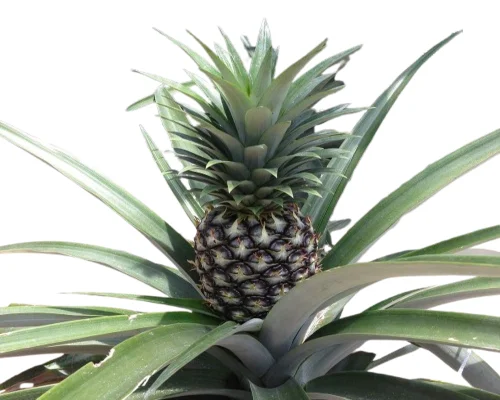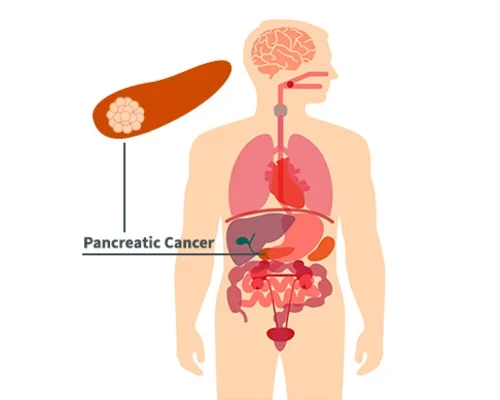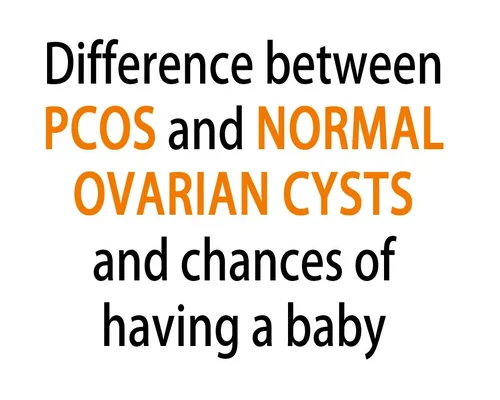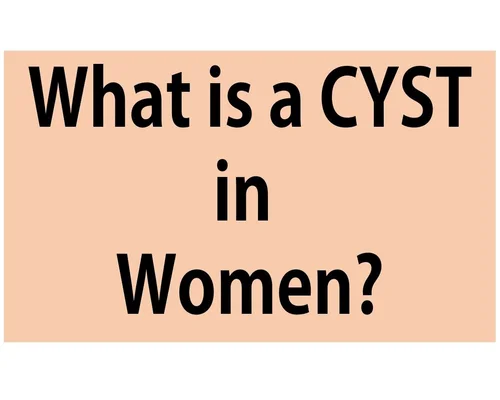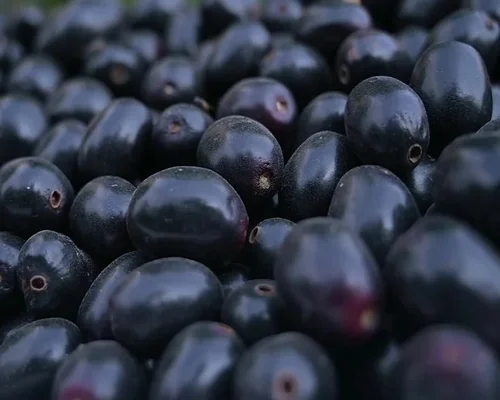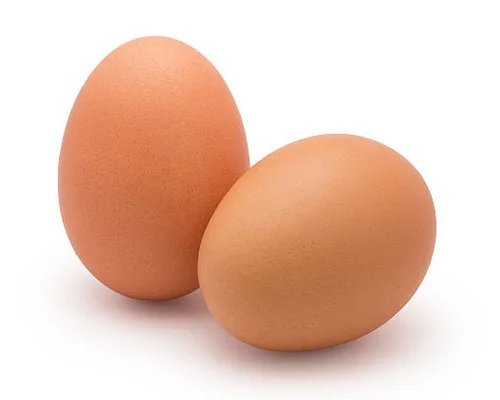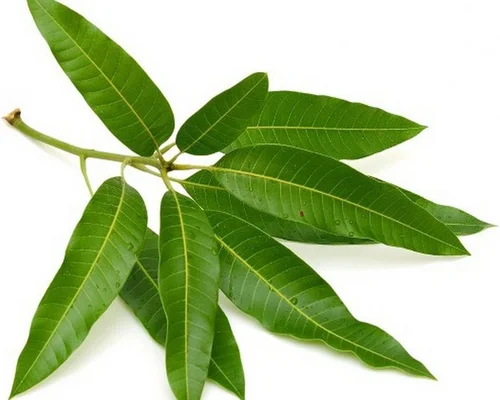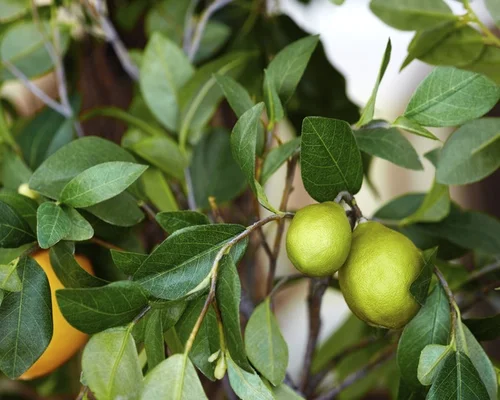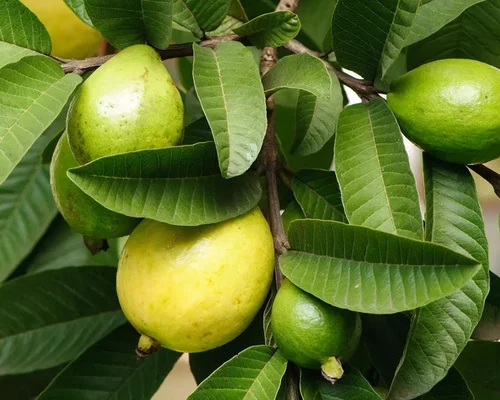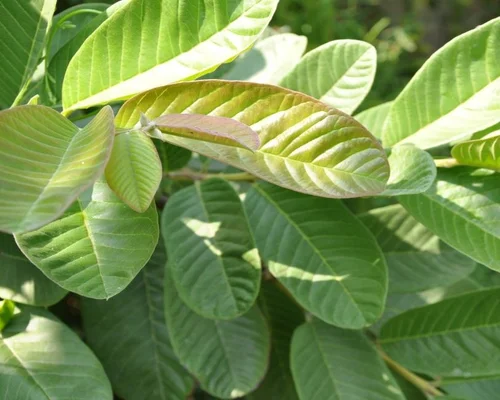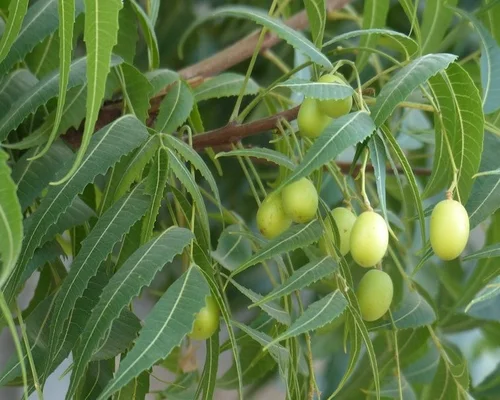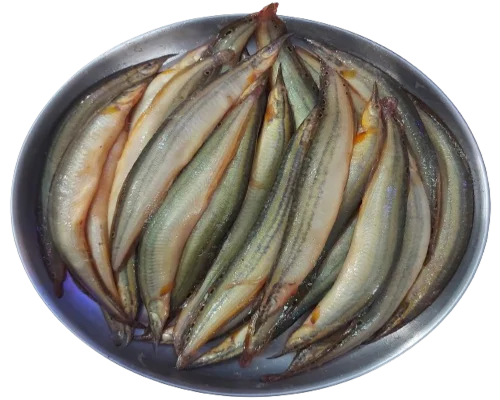
Tara Baim Health Benefits
Tara Baim Health Benefits
Tara Baim, is a small fish. It is usually a moving or stationary freshwater fish. Its length is 63.5 cm.
This fish is full of calcium, zinc, sodium, potassium, iron and minerals. According to nutritionists, “Baim fish contains a substance called choline. This essential nutrient has recently been discovered, it helps in DNA synthesis. Helps in the nervous system, fat metabolism and transport.
This long-bodied fish has black circular spots surrounded by 4-5 red or orange or whitish rings on the upper part of the body near the tail and under the surface fins. Many people call this fish as Guchi fish, but Guchi fish do not have the above spots like Star Baim.
The scientific name of Tara Baim is Macrognathus aculeatus. The tail is short and rounded. The color of the upper part of the body is brown and the belly is yellowish or whitish. Their face is pointed and has no touch. They are small and spherical in size. Their head scales are usually larger than other body scales.
They contain about 70-80 percent water, 12-18 percent fat, and 2-5 percent fat. In addition, studies have shown that every 1 mg of star bim fish provides about 3.5-5 kcal of energy. They are good to eat and have a good demand in the market.
They are about 38 cm in beam length. Although there is a record of 15-25 cm. The size of the fish is more visible. They breed during the rainy season. As a diet they generally consume algae, mud and sand in addition to small amounts of other food items. In Chalon Bill, a special type of fishing gear, locally known as dohair, is used to catch large Baim as well as large numbers of Star Baim. They are usually found in stagnant water with little running water.
They can be kept as hobby fish in aquariums as well as pond farming. Tara Baim fish is one of the endangered fishes. They usually live in almost all types of freshwater bodies including canals, rivers, and ponds. Like other native fish, their existence is threatened by over-harvesting, habitat destruction, indiscriminate fishing of small and fertile fish.


-vegetable.webp)



